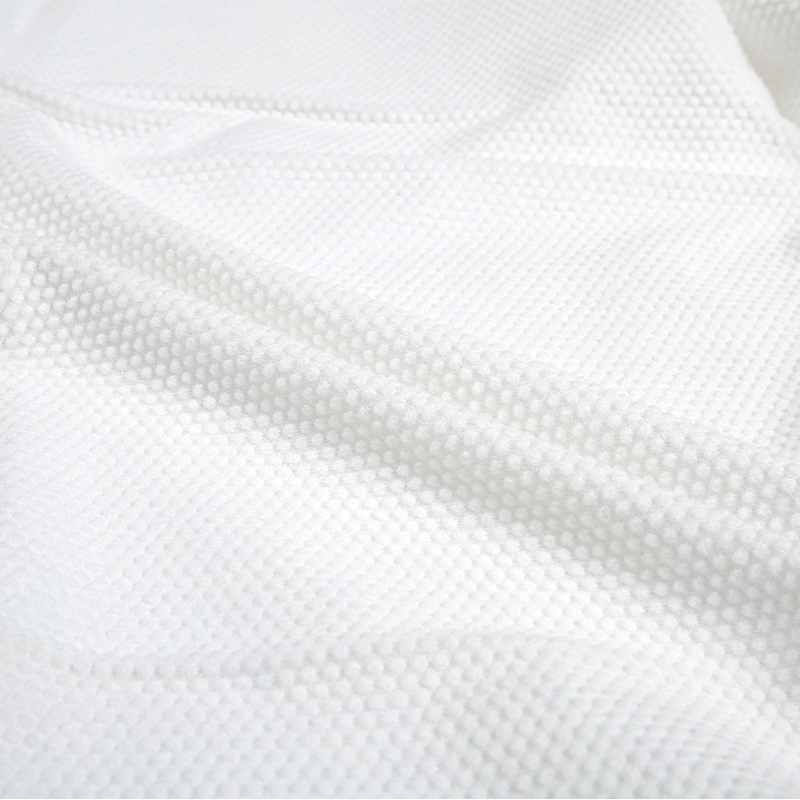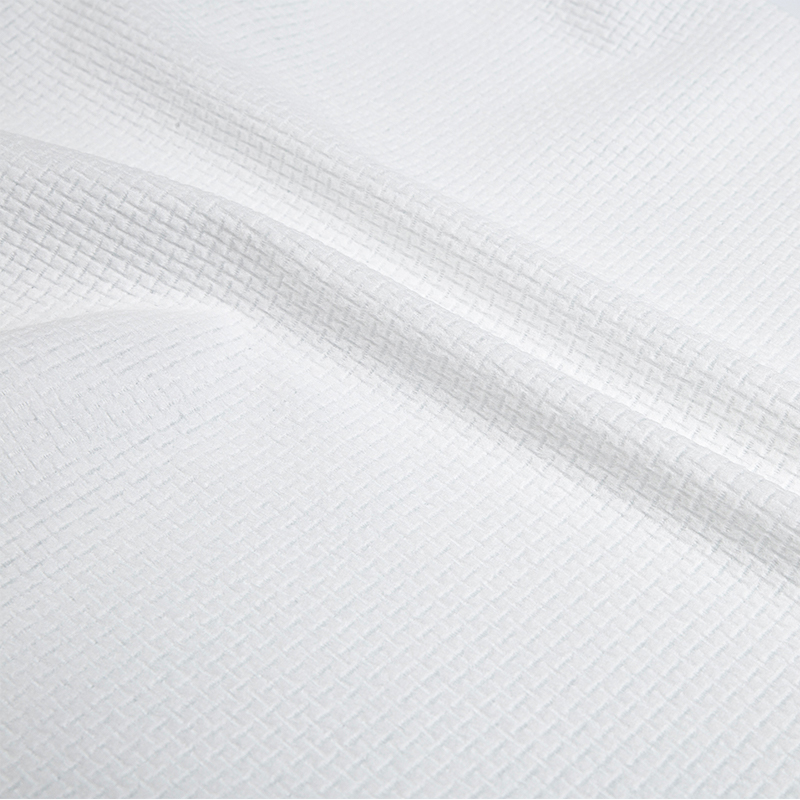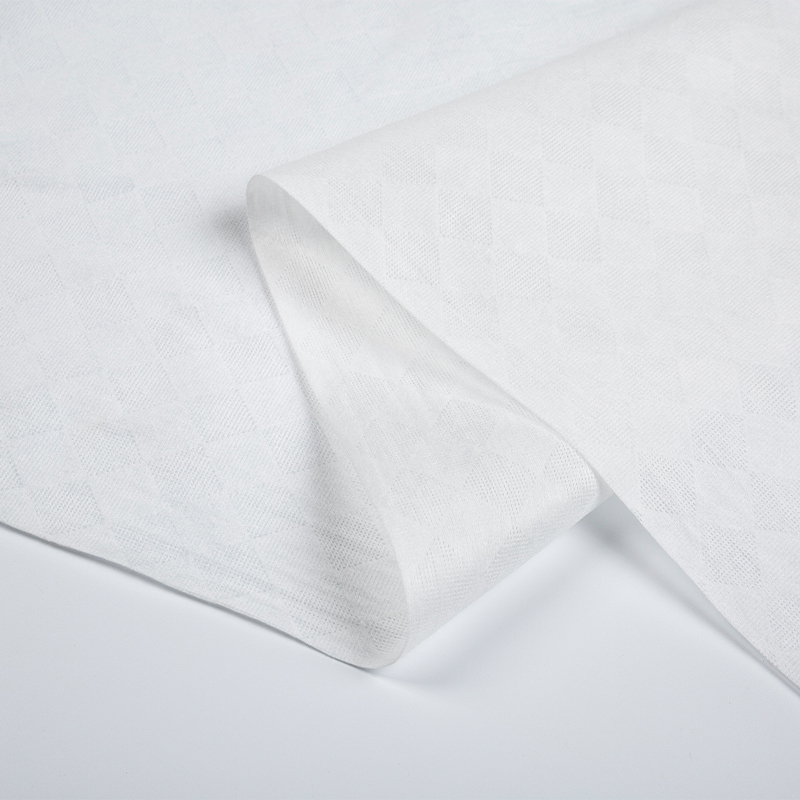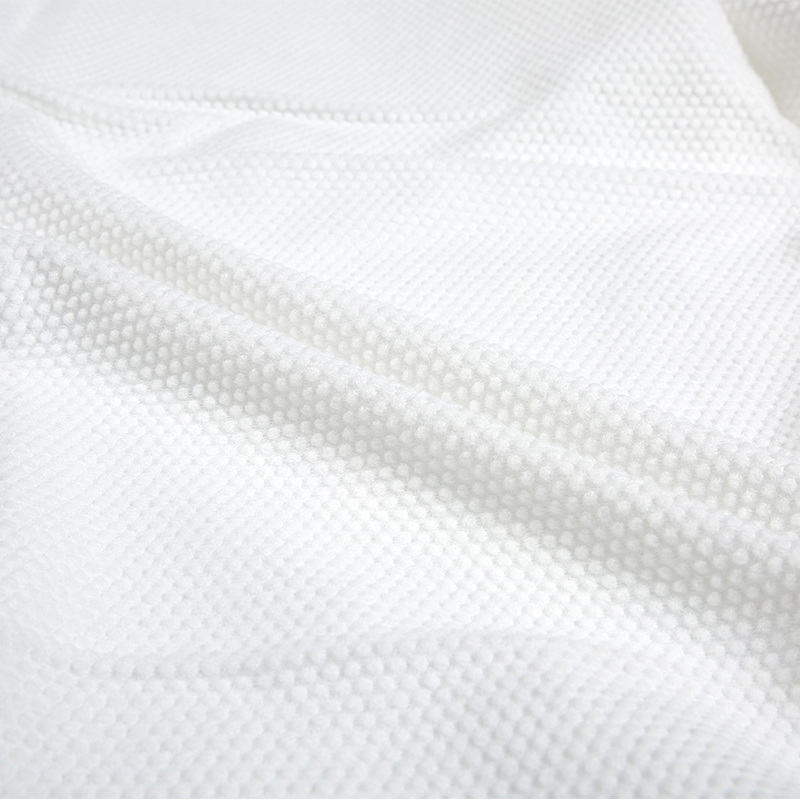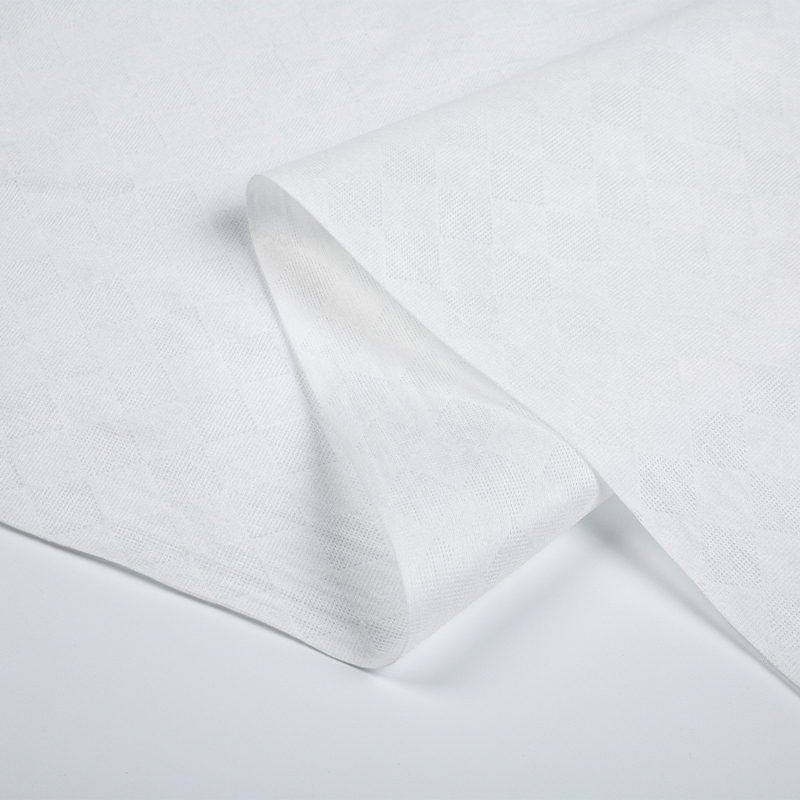Founded in 2022, Hangzhou Shunlong Nonwovens Technology Co., Ltd. is a professional China nonwoven fabric manufacturer and non-woven raw material factory
In the production process of Spunlace Nonwoven Fabric, the embodiment of environmental performance is an all-round and multi-level process, which runs through every link of raw material preparation, processing and manufacturing, waste treatment and resource recycling.
Raw material selection
Controlling environmental protection from the source, Spunlace Nonwoven Fabric tends to use renewable and degradable natural fibers as the main raw materials, such as wood pulp fiber, bamboo pulp fiber, cotton fiber, etc. These fibers come from nature and have a short growth cycle, which can reduce dependence on non-renewable resources such as oil. At the same time, they can be naturally degraded after production and use, reducing long-term pollution to the environment. In addition, some environmentally friendly chemical fibers are gradually introduced. These fibers strictly control the emission of harmful substances during the production process to ensure the environmental protection of the product.
Processing and manufacturing
In the processing and manufacturing stage, the production process of Spunlace Nonwoven Fabric focuses on energy conservation and emission reduction and clean production. First, advanced hydroentanglement technology is used to spray the fiber mesh layer with high-pressure fine water flow to make the fibers entangled with each other to form cloth. In this process, water, as the main medium, achieves effective consolidation of fibers, while reducing the use of chemical adhesives and reducing pollution emissions during the production process.
In order to further improve environmental performance, production enterprises continue to optimize production processes and equipment. For example, adopt high-efficiency and energy-saving production equipment to reduce electricity consumption; introduce advanced water circulation systems to reduce water waste; install waste gas treatment devices to ensure that waste gas emissions during the production process meet environmental standards. In addition, strengthen the monitoring and management of the production environment to ensure the cleanliness and hygiene of the production process and avoid cross contamination.
Waste treatment
In terms of waste treatment, Spunlace Nonwoven Fabric's production enterprises have also taken positive measures. For wastewater, waste gas and solid waste generated during the production process, they are strictly treated in accordance with environmental protection requirements. Wastewater is treated to meet the emission standards before being discharged or reused; waste gas is treated after dust removal, desulfurization and other treatments before being discharged; solid waste is classified, collected, stored and disposed of to achieve resource utilization as much as possible.
Resource recycling
In order to maximize the utilization of resources, Spunlace Nonwoven Fabric's production enterprises are also actively exploring ways to recycle resources. For example, the scraps and waste generated during the production process are processed by recycling and reuse, and converted into new production materials or used in other fields. In addition, consumers are encouraged and supported to use degradable and recyclable Spunlace Nonwoven Fabric products to reduce waste generation and environmental pollution.
The production process of Spunlace Nonwoven Fabric reflects its environmental performance in every link from raw material selection, processing and manufacturing, waste treatment to resource recycling. By adopting renewable and degradable raw materials, optimizing production processes and equipment, strengthening waste treatment and resource recycling, Spunlace Nonwoven Fabric not only meets market demand, but also makes positive contributions to achieving sustainable development and environmental protection.
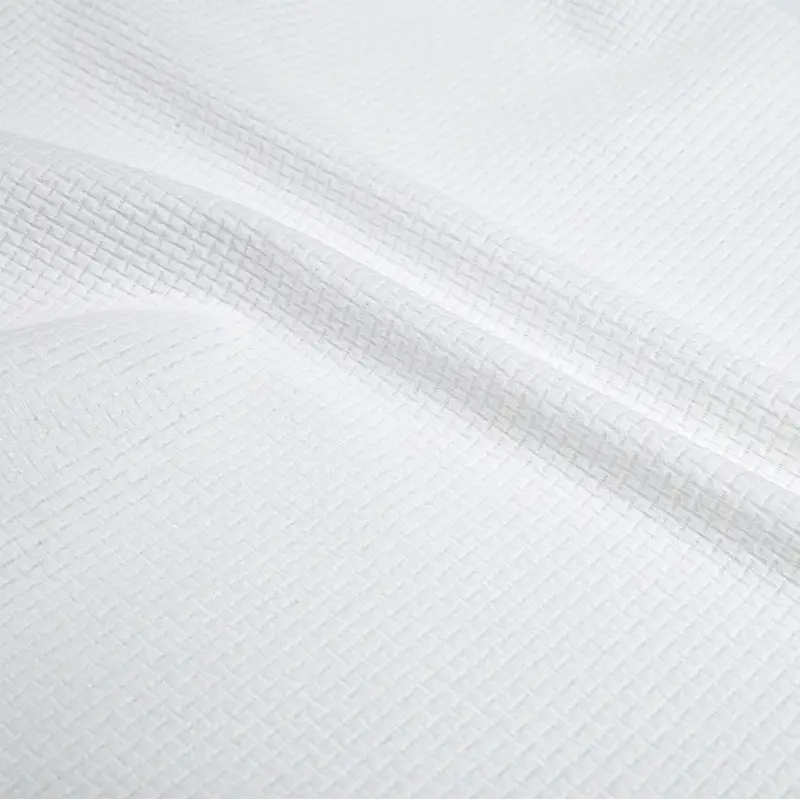

 English
English 日本語
日本語 русский
русский Español
Español